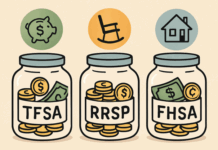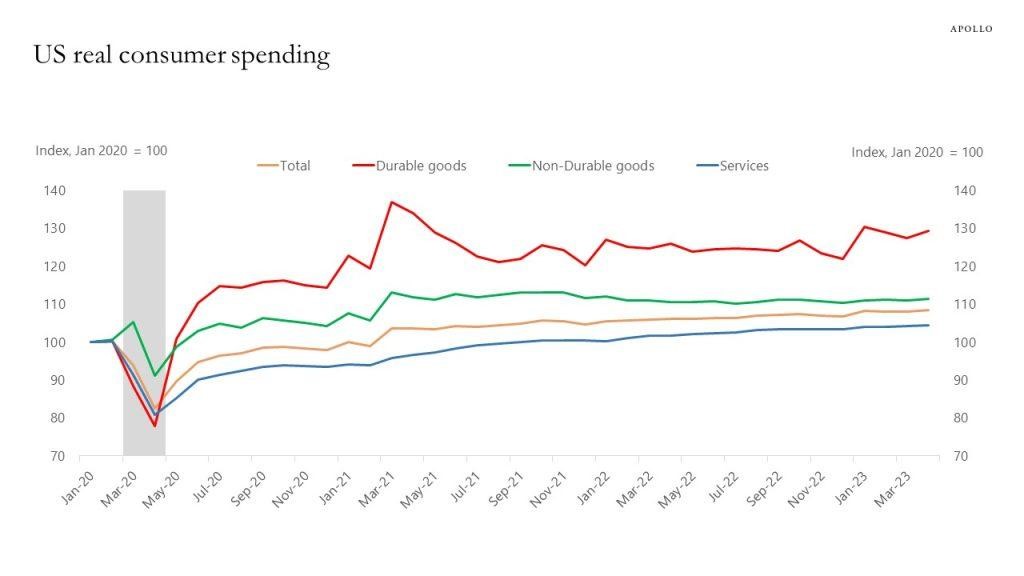In the conditions of the modern competitive market of floristic services, the formation of a unique author’s style becomes the main factor of professional development and commercial success. A recognizable style allows a specialist not only to stand out among many offers, but also to attract a target audience that shares his aesthetic values. For novice florists who have mastered basic techniques, the transition from craft reproduction to the creation of original works is a significant challenge. The relevance of the topic is due to the growing consumer demand for personalized, author’s products and services, as well as the need for new specialists to find their niche and build a sustainable personal brand. The purpose of this article is to analyze the theoretical foundations and practical strategies for forming a unique style in floristry, intended for novice professionals striving to develop their own creative identity.
Conceptualization of the Concept of “Style” In Floral Design
Style in floristry goes beyond following short-term trends or mastering specific techniques. It is a set of stable, recognizable characteristics of the author’s works, reflecting his individual vision, aesthetic preferences and philosophical approach. This is a consistent choice of certain materials, color palettes, compositional solutions, assembly techniques and even methods of presenting the work [1]. The formation of style is based on a solid foundation of technical skills and a deep understanding of the fundamental principles of design, such as balance, proportion, rhythm, contrast, harmony [2]. The uniqueness of the style does not come from the denial of these principles, but from their author’s interpretation and conscious choice of accents. Style is a visual expression of the florist’s personality and values, his dialogue with the material and the viewer.
Factors That Determine the Formation of Individual Style
The process of style development is multifaceted and influenced by various factors. The main one is the source of inspiration: nature, art (painting, sculpture, architecture), fashion, cultural traditions, works of other masters. Critically important is not direct copying, but analytical processing and transformation of borrowed ideas into one’s own visual language. The level of technical skill and readiness to experiment have a significant impact. Mastering a wide range of techniques and materials, as well as their non-trivial application, expands the expressive possibilities of the florist [5]. A deep understanding and conscious use of universal design principles [2] allows you to create not random, but thoughtful and harmonious compositions that form the basis of the style. An important role is played by the florist’s personal values, reflected in his or her work: commitment to environmental friendliness and sustainability (use of local seasonal materials), the desire to convey certain emotions, focus on certain types of events. Finally, the formation of a style is inextricably linked with the analysis of the market environment and the search for one’s unique niche.
Strategies and Methods for Developing a Unique Style
Developing your own style is a targeted iterative process that includes several key stages. First, a stage of immersion and analysis is necessary – studying the works of recognized masters of floristry, analyzing current trends (not for blind imitation, but for understanding the context), visiting exhibitions, studying specialized literature. Second, a phase of active experimentation is critically important. This includes working with a variety of materials, including non-traditional ones, trying out new techniques and assembly mechanics, exploring various compositional schemes and color palettes. The use of creative thinking techniques can stimulate the generation of non-trivial ideas [3]. Third, constant reflection and self-analysis are necessary: critically evaluating your own work, identifying recurring successful techniques, favorite materials or color combinations, determining what evokes the greatest response. Receiving constructive feedback from colleagues or mentors is useful. Based on analysis and experimentation, a gradual formation of “signature” elements occurs – techniques, methods, forms, color solutions or choice of materials that become recognizable markers of the author’s style.
Consistent and conscious application of these elements in various works contributes to the strengthening and recognizability of the style. The most important condition is continuous training and targeted practice aimed at improving both technical skills and conceptual vision [5].
Style as a Tool for Market Differentiation and Brand Building
In today’s experience and personalization economy, a unique signature style is a powerful tool for differentiation in the florist market. A clearly defined style allows you to attract a specific target audience that resonates with the florist’s aesthetics and values, and build a loyal customer base. This is especially important for small businesses and independent artists, where individuality is a key competitive advantage.
Consumers are increasingly looking for not just flowers, but a unique product or experience that reflects their own taste or status, and are willing to pay for a custom design. A recognizable style becomes the core of a florist’s personal brand [4]. Effective communication of style through a professional portfolio (including online), social networks, and studio or workshop design helps attract clients and build a reputation. Consistency in the visual presentation of work and the transmission of one’s values strengthens the perception of a florist as an author with their own vision.
Thus, the formation of a unique style for a novice florist is a complex but necessary process for professional growth and a successful career. This process includes mastering the theoretical foundations of design and floristic techniques, active experimentation, constant self-analysis and reflection, as well as strategic positioning in the market. Style does not arise spontaneously, but is the result of purposeful work, synthesis of knowledge, skills, personal preferences and values. It serves not only as a means of creative self-expression, but also as an important tool for differentiation, allowing you to build a recognizable brand and attract a loyal audience. Novice specialists are advised to pay attention not only to improving technical skills, but also to developing observation, critical thinking, the ability to experiment and the formation of their own vision. Investments in time and effort in developing a unique style are strategically important for long-term success in the floristry industry. The proposed approaches and strategies are applicable to florists working in various market segments, from creating individual bouquets to large-scale event decoration.
References
- Lersch, G. Principles of Floral Design / G. Lersch. – San Diego : Floral Design Institute, 2009. – 351 p.
- Lidwell, W. Universal Principles of Design : 125 Ways to Enhance Usability, Influence Perception, Increase Appeal, Make Better Design Decisions, and Teach through Design / W. Lidwell, K. Holden, J. Butler. – Revised and Updated edition. – Beverly, MA : Rockport Publishers, 2010. – 272 p.
- Michalko, M. Thinkertoys : A Handbook of Creative-Thinking Techniques / M. Michalko. – 2nd edition. – Berkeley, CA : Ten Speed Press, 2006. – 416 p.
- Grant, A. Originals : How Non-Conformists Move the World / A. Grant. – New York : Viking, 2016. – 336 p.
- Ericsson, A. Peak : Secrets from the New Science of Expertise / A. Ericsson, R. Pool. – Boston ; New York : Houghton Mifflin Harcourt, 2016. – 336 p.
Find a Home-Based Business to Start-Up >>> Hundreds of Business Listings.

















































